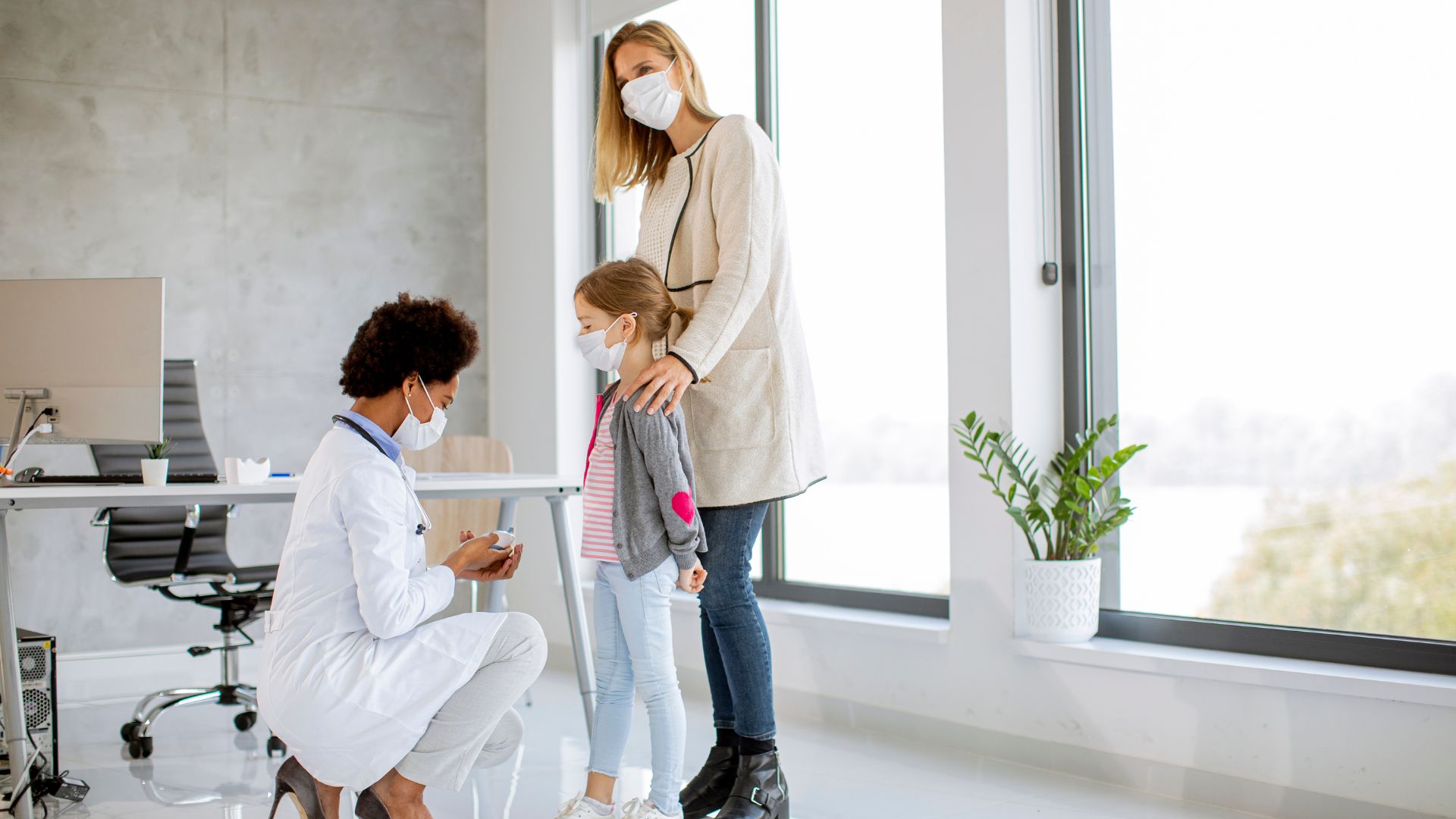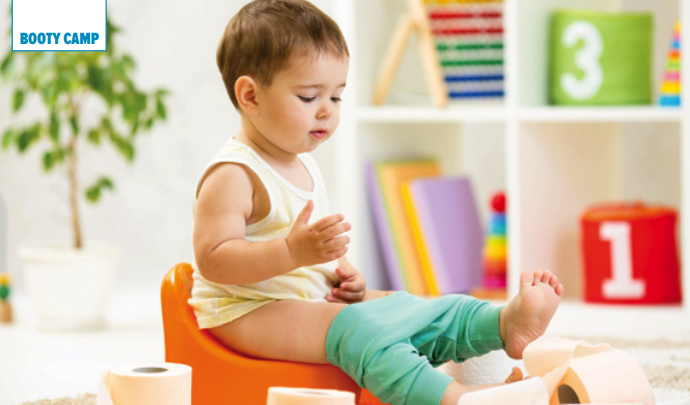Q1: We’re first time parents. What sorts of things should we look for in a daycare provider?
The biggest question to consider as you are choosing a setting is whether it will be a smaller home-based daycare or a larger center. It’s also a good idea to ask to talk with one or two of the current parents at a facility you are interested in, in order to learn about their experiences with the provider.
In terms of actual expectations, this may seem obvious, but the first priority for all daycare providers is safety—environmental, in the formula and/or food preparation, and in terms of infection control. For example, making sure that all infants under six months of age are sleeping on their backs is a good question to ask. Another may be: “What are the safety measures taken once infants start to get very mobile toward the end of the first year?”
Finally, ask about the type of interaction each of the staff will have with infants and toddlers throughout the day. This will likely increase as infants get older, but from the beginning there should be a certain amount of dedicated time for each in terms of holding, talking, and general nurturing. For example, you could ask how they structure the day—sleep time, play time, meals, reading, teaching sign language, etc.
Q2: Can you help us more effectively deal with our child who may try out for an organized sport but who does not make the team?
A critical question here is why is it important for your child to participate in that sport and make it on the team. The answer to this question will help you decide the most effective approach. For example, is your child feeling pressure to play a certain sport just because mom or dad participated in that sport and did quite well? Is your child a perfectionist and tends to be never satisfied with their performance? Does your child have a role model in that sport that he or she wants to emulate? Are all of his or her friends on the team and now they are left out of an important social activity? Is there community pressure that kids need to be a part of the team to truly be accepted? These questions may be at the heart of this and it may take some time to fully unlock the reasons for the need to be “on the team.”
If and when the disappointment comes, reassurance that he or she still has many great qualities and abilities will be a good strategy. Acknowledging that it is disappointing is important. It hurts not to be chosen, and that those feelings are real. Asking what they want to do about it is a next step. Do they want to work harder to stand a better chance of getting chosen next time? Can they comfortably play at a lower level of competition, i.e., “community” instead of “traveling”? Do they want to redirect their time, energy, and effort toward another activity instead? There are, of course, a number of ways this conversation can go.
In any case, your child will be better off if their identity and sense of importance is not strongly tied to a particular sport—even if they do make the team. Encouraging them to do their best in whatever they do will set them on a good course, as will helping them learn to cope with disappointments that may eventually come their way.
Q3: When is it too late to get a flu shot?
The short answer is that it is never too late to get the vaccine, as long as the flu season is still considered active in the state. But this needs a little more explanation.
Each year there is a different strain of influenza—or the “true flu”—that manifests to make a large number of people very sick and miserable, including our infants, children, and teens. In a typical year the flu season can start as early as the beginning December and can last well into March. There can even be years where there is a kind of “double peak” of flu cases with two different strains of flu affecting a state or even a larger region.
Annual flu vaccinations are important for everyone six months of age and older. For infants under six months of age it is important that everyone else in their family and other caregivers get vaccinated so that the infants are protected. There is the typical injectable flu vaccine as well as a very effective nasal spray. Both of these now contain protection against four different strains of influenza predicted to cause illness for that year. These are available starting at the end of August and continue until influenza activity is considered done for the season. At no time is it too late to get the vaccine as longer as it is still in your area. The only problem may be finding a place to get the vaccine if you have waited too long and supply is limited or depleted.
This column is intended to provide general information only and not medical advice. Contact your health care provider with questions about your child. Dr. Peter Dehnel is a board-certified pediatrician and medical director with Blue Cross Blue Shield of Minnesota. Send questions to [email protected].


















